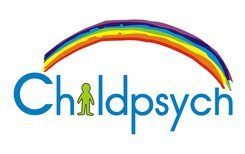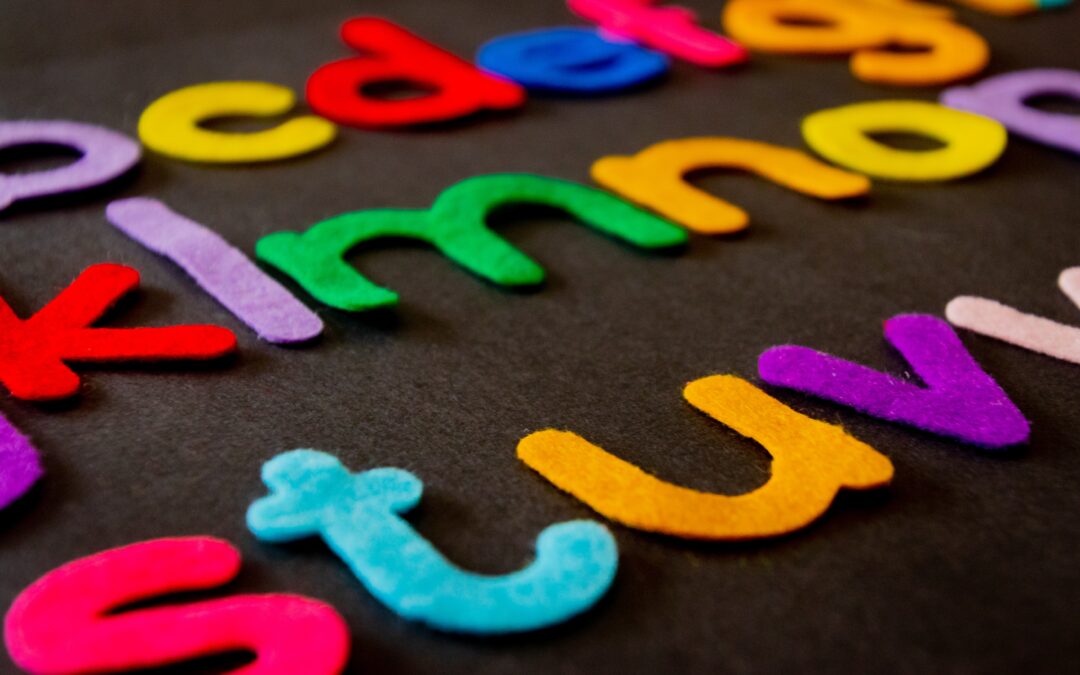During the phase of learning to read, children sometimes mistake certain letters for similar ones, especially ones that can easily be reversed. For example, the child may read “bear” as “dear” or look at the word “dog” and read it as “god”. These types of errors are referred to as “reversals”. But are word and letter reversals a sign of dyslexia?
What exactly is dyslexia?
Dyslexia is a language-based learning difficulty that primarily causes problems with reading, writing and spelling. These problems mostly occur because children have trouble connecting the letters they see to the sounds the letters make.
Are reversals the first sign of dyslexia?
While many people think using reversals is the first sign of dyslexia to look out for, it is, in fact, not necessarily a symptom. Studies show that there is no evidence that people with dyslexia only see letters or words in reverse. Additionally, dyslexia is not caused by a vision problem but rather linked to a deficit processing letters or words phonologically.
So, is it normal?
Many children reverse similar letters as they begin to read and write. It’s common to see these reversals until the age of 7 to 8. Keep in mind that it takes our brains time to process and integrate all of the skills required to form letters accurately and automatically.
However, if these reversals continue past second grade, they may be a sign of slow processing. While children with dyslexia may continue to reverse letters and words, dyslexia cannot be diagnosed based simply on this. Other signs of dyslexia may include:
- Poor ability to remember sounds or sequences of sounds
- Unable to match appropriate letters when given the sounds
- Sounding letters of a word correctly but being unable to say the correct word
- Putting letters in the wrong order
- Misreading short words, such as then for there, or were for with
- Losing orientation on a line while reading, or missing lines
- Mispronouncing words, or putting accents on the wrong syllables
It is important to understand that these are only some of the signs of dyslexia. Children may have dyslexia and only show some of the signs on the list, or they may have all of them and more.
What to do if you suspect dyslexia
Your child’s teacher may be the first one to address any concerns about learning difficulties. However, dyslexia can only be diagnosed by a licensed educational psychologist who will do several tests, including educational evaluations. If you suspect dyslexia, it is recommended to make an appointment with an educational psychologist as soon as possible. You may be referred to other specialists from there.

